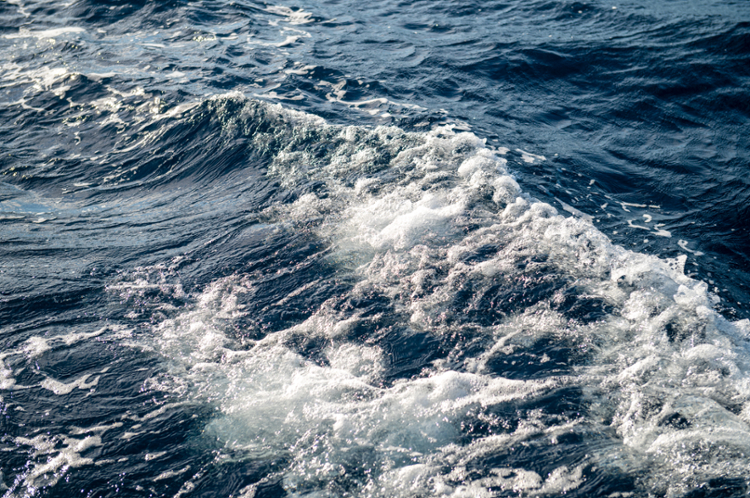Texas Water Quality Data Review Reveals Health Status of Coastal Bays, Estuaries
CORPUS CHRISTI, Texas – Researchers with the Harte Research Institute for Gulf Studies (HRI) and Texas A&M University-Corpus Christi have taken a comprehensive look at the health of Texas’ coastal bays and estuaries by examining decades of water quality data collected by the Texas Commission on Environmental Quality.
The study, “Water Quality Trends in Texas Estuaries,” was published last week in the journal Marine Pollution Bulletin and authored by graduate student Kalman Bugica, Texas A&M-Corpus Christi Associate Dean and Professor of Mathematics Dr. Blair Sterba-Boatwright, and HRI Chair for Coastal Ecosystem Processes Dr. Michael Wetz.
“The take home message is that the Texas coast is in pretty good shape, even with all the population and industry growth,” Wetz said.
But with Texas coastal populations projected to grow dramatically over the next few decades, continued monitoring is needed to identify environmental concerns in the state’s economically and environmentally important estuaries before they become a serious problem, he added.
Texas’ estuaries play an important role in the health of the Gulf, providing critical habitat for environmentally and economically important fish and shellfish. But the watersheds of Texas estuaries have been challenged in recent decades by explosions in population growth along the coast, with more to come – projections suggest Texas’ coastal population could grow by 34 percent by 2050.
In other areas, rapidly growing human populations and the increasing urbanization that comes with them are known to cause problems for the watersheds that support them, decreasing water quality downstream through increased pollution in the form of excess nutrients, heavy metals, and bacteria. Bigger human populations also consume more freshwater, decreasing the flow into the estuary.
Some of the researchers’ key findings in this review of the state’s vast water quality data included the discovery of nutrient pollution issues in several systems, from urbanized watersheds like Galveston and Oso bays to sparsely populated areas like Baffin Bay. High levels of nutrients can trigger explosions of algal growth that impact the system as a whole, causing fish kills and damaging the quality of the habitat. Algal blooms have occurred in these systems.
Researchers also observed that along the Central Texas coast from the upper Laguna Madre to Matagorda Bay, rising salinities were occurring from decreased freshwater input. Estuaries are brackish environments that require a unique balance of fresh and salt water to function.
“You’ve got habitats and organisms that are adapted to certain salinities, so when the salinity creeps up over time, it can really impact things – what species can live there, what fish you can catch, and even the overall productivity of the system,” Wetz said.
Researchers from HRI and A&M-Corpus Christi hope to continue this coastwide comprehensive review of state water quality data in the future, to observe the state’s key water bodies and keep on top of problems as the state grows and changes.
“Our plan is to get on a regular cycle bringing in new data and checking these systems every few years so we can monitor trends over time,” Wetz said.
He added that Texas is unique in keeping such consistent water quality data over time; many other regions only conduct spot checks for water quality or collections are cut when budgets are short. But the broad trove of data allowed Wetz and his peers to really understand how Texas’ coastal water systems have fared.
Wetz also plans to include the data and assessments in HRI’s future Gulf Report Card, a project the institute launched to objectively assess the health of the ecosystem by studying a series of indicators, including water quality, and rating them on a traditional grading scale for easy public understanding. The 2019 Texas Coastal Report Card is published and available online or from HRI on request.









